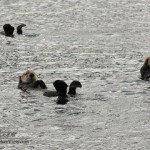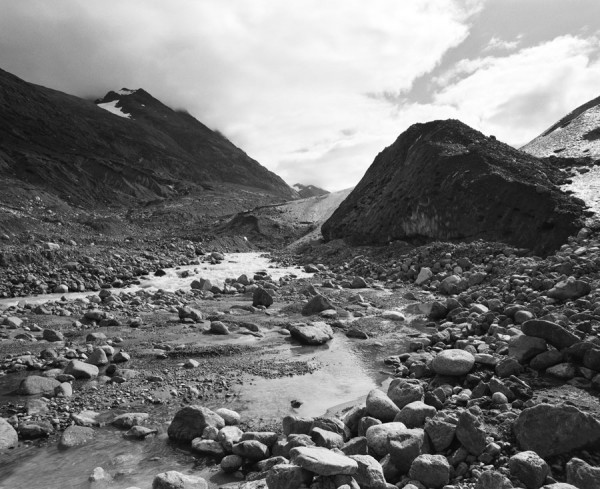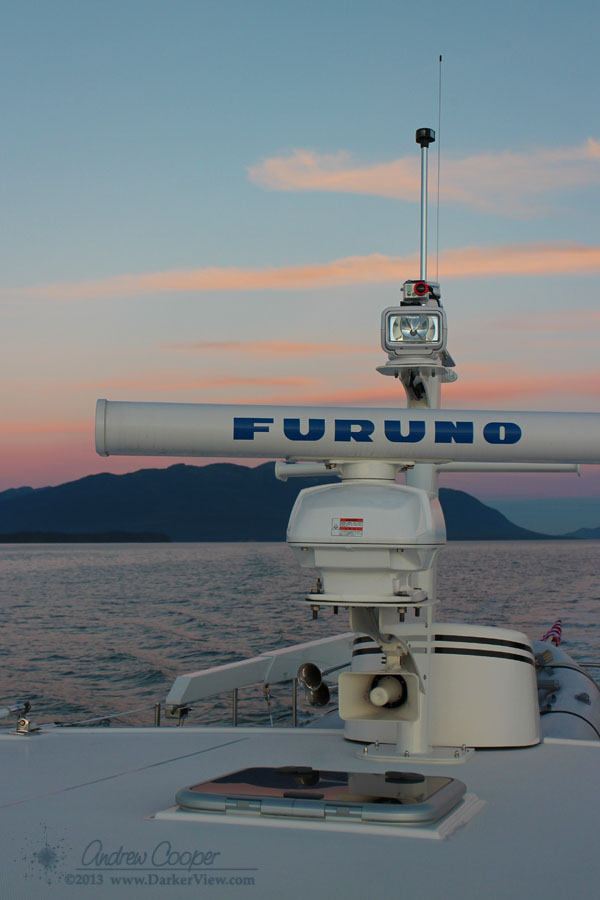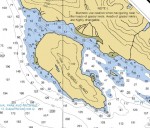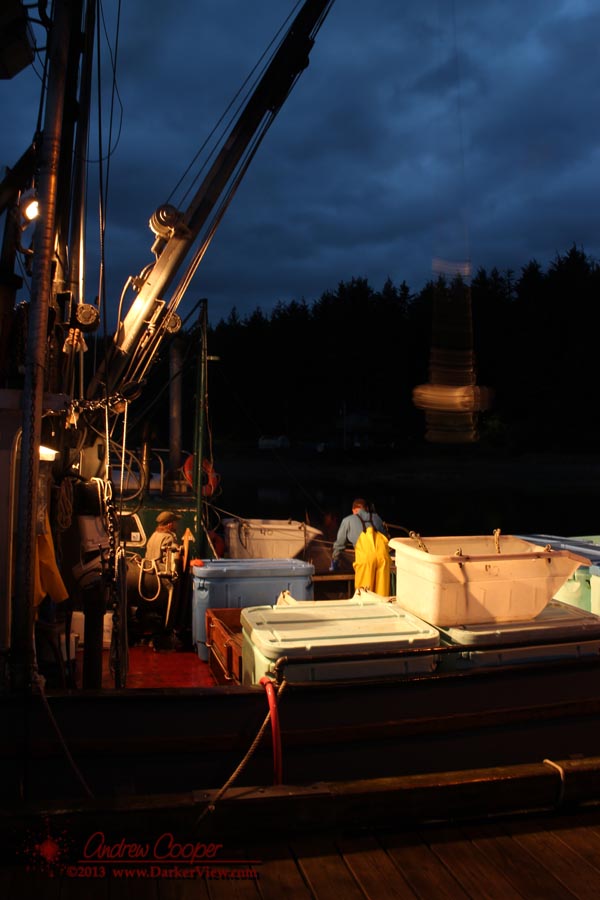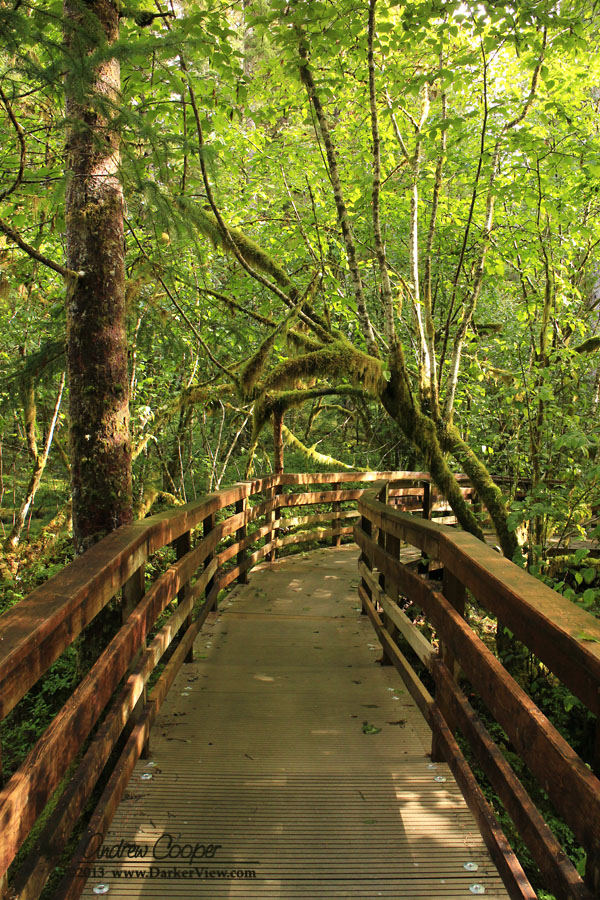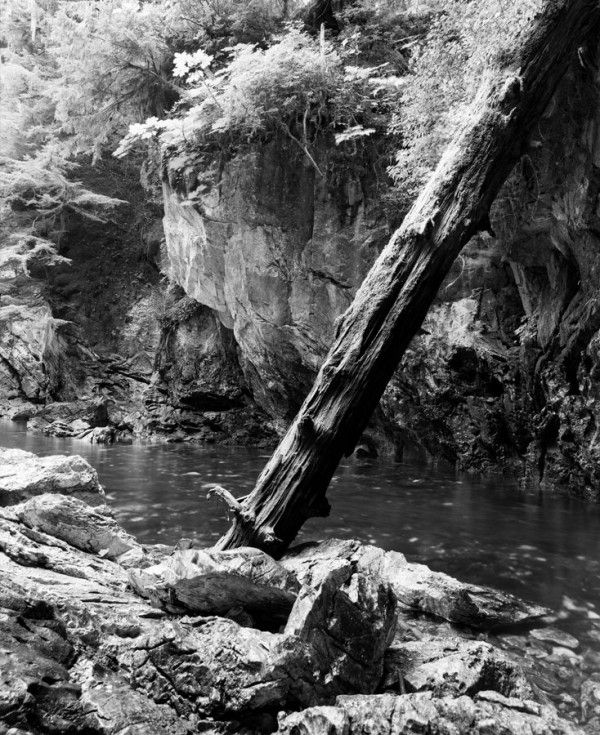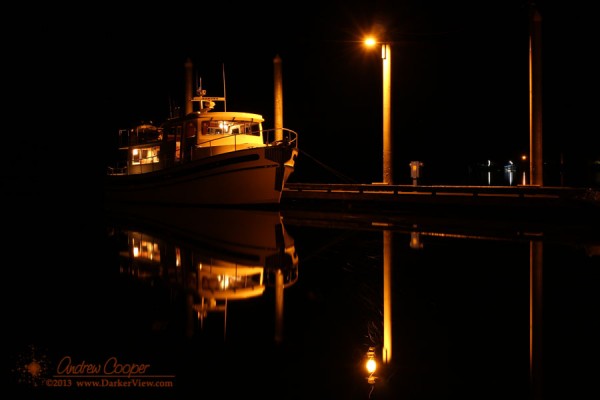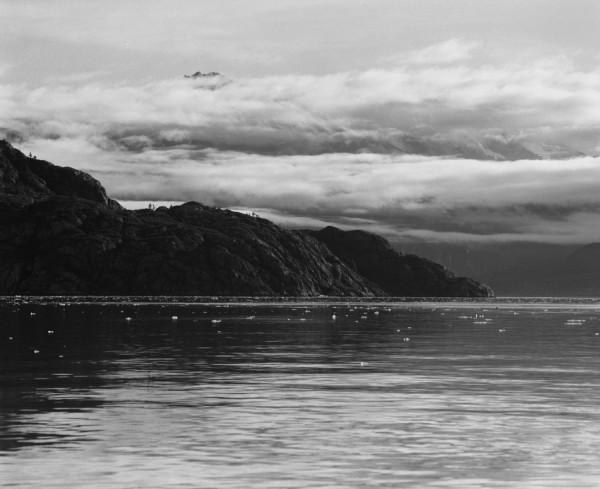Sea otters are loved by out-of-state boaters and other tourists because they are cute and curious, furry little things and a rare sight. Guests on my boat first spot something floating and then get excited watching them float on their backs, preening their fur or simply in the act of eating whatever they grabbed off the bottom.
Re-introduced to SE Alaska in the 1960s, the sea otter seemed to be a welcome return to the ecosystem and their population remained fairly low for many years. Their birthrate is typically one pup per season and they live an average of 10-12 years. The sea otter is one of the smaller marine mammals with an adult male being five feet in length and weighing 60 to 70 pounds. The females are smaller.
The population throughout SE Alaska is now estimated at about 25,000 and their range has been mainly along the outer coast and some interior areas like the west end of Icy Strait and Glacier Bay. Quite a bit of study has been conducted on the Glacier Bay population of sea otter and their impact on the bay’s ecosystem since the number of sea otter has grown from five animals in 1995 to over 8,000 in 2012. Park Rangers believe the peak in population still hasn’t been reached. Brendan Kelly, a marine mammal scientist at the University of Alaska Fairbanks, has projected a population increase of twenty percent per year.As cute as these little marine mammals are, their current growth in numbers and impact on what they eat are generating considerable concern amongst both the general public and commercial fishing industry. Internet forums and blogs are full of comments about their impact on Dungeness crab, King crab and sea urchin populations. Sea otter have an insatiable appetite for abalone and sea urchins but they also eat crab and sea cucumbers. Because they lack body fat like seals, sea lions or Orca, they need to eat at least one quarter of their body weight. As a result, an adult sea otter foraging in an area that is good Dungeness crab habitat, can kill and consume 15-20 crab per day.

